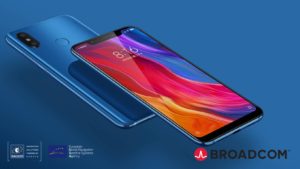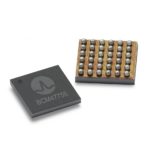While several smartphone models currently are fitted with chipsets from both Broadcom and Qualcomm Technologies and already have dual-frequency solutions that support Galileo E1/E5a signals, expectations are that we’ll soon see a significant increase in Galileo users coming from the United States.
The Federal Communications Commission (FCC) last fall unanimously approved waivers allowing the use of the Galileo E1 and E5 signals for non-federal purposes in the U.S. Following this waiver, in which it allowed devices in the United States to access signals transmitted by the Galileo Global Navigation System, leading U.S. manufacturers are preparing to roll-out Galileo on U.S. territory. Read more…





